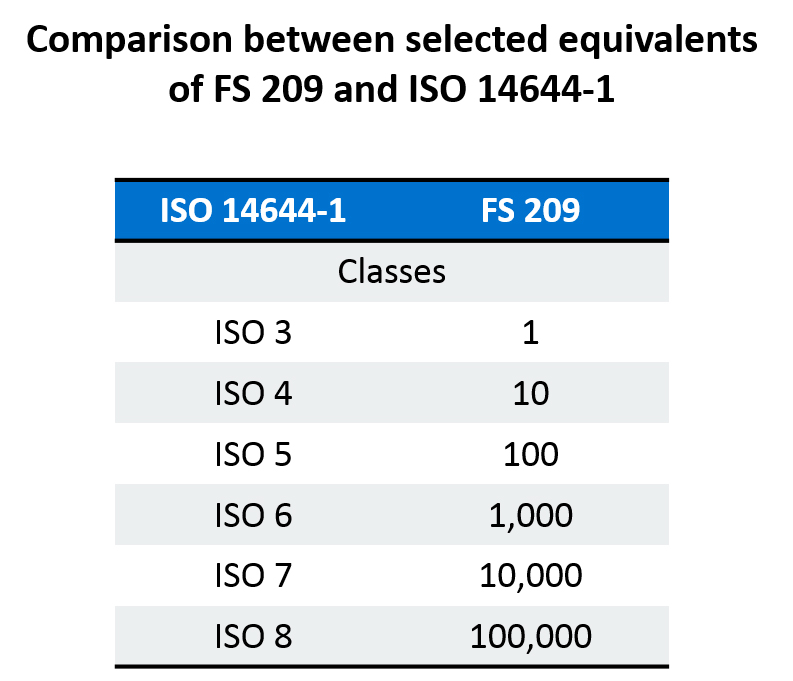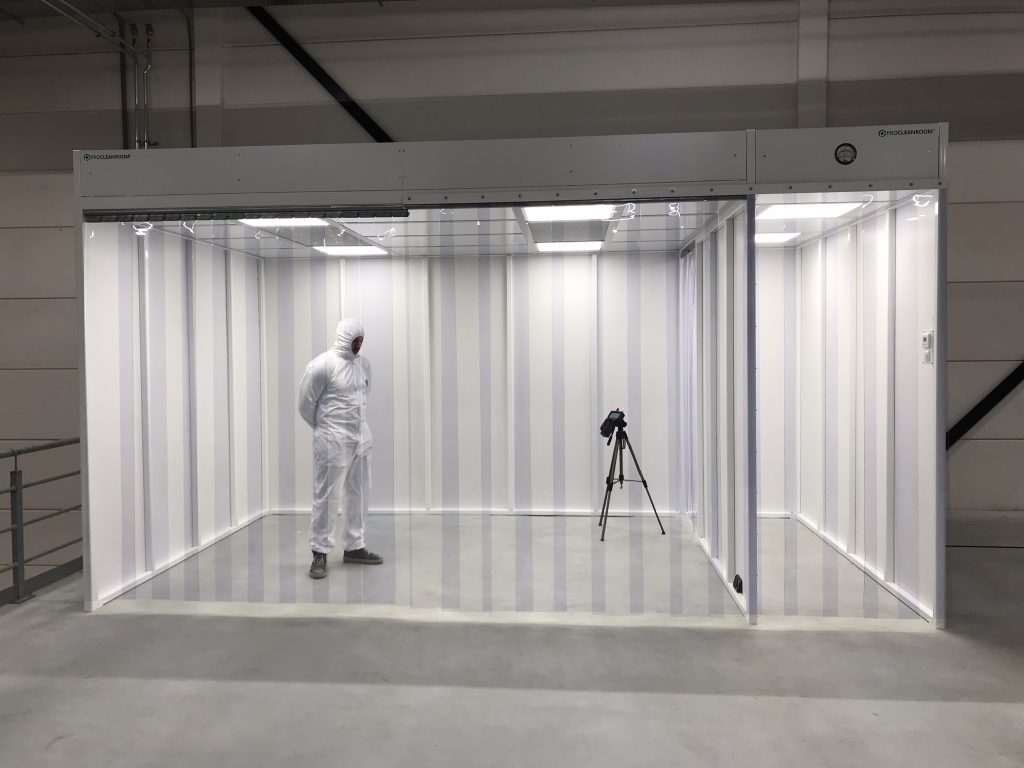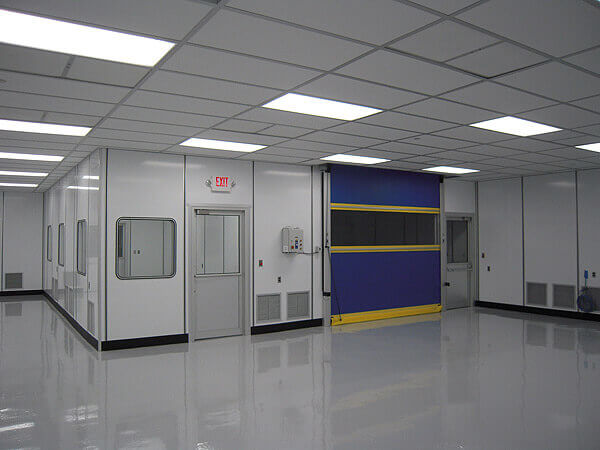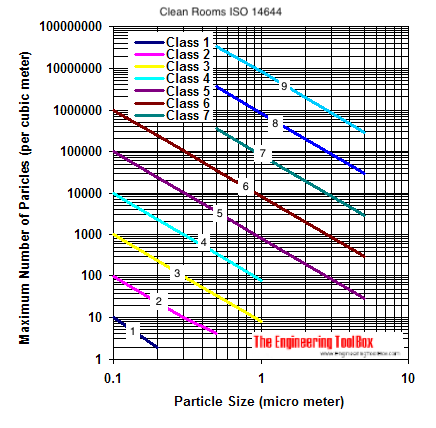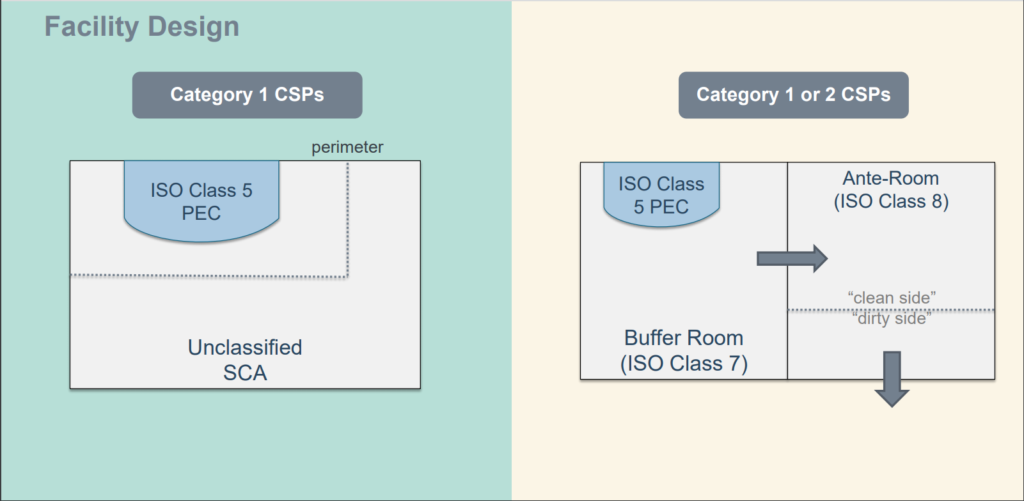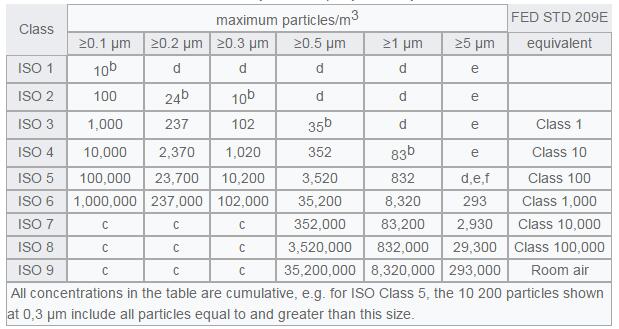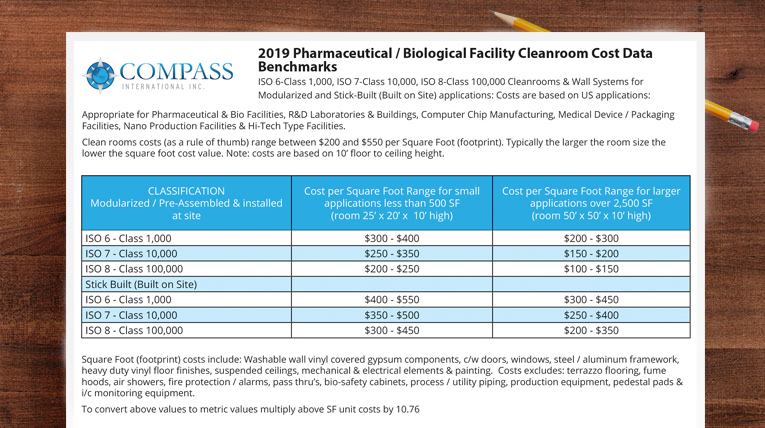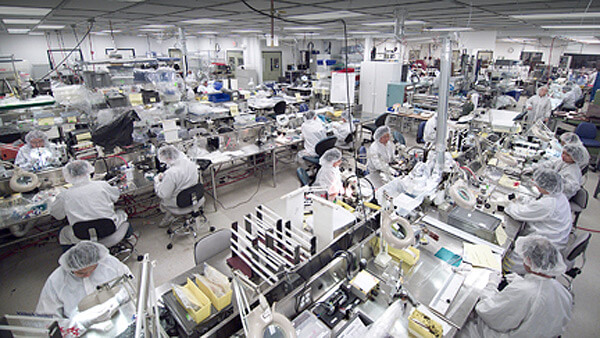Clean room classification iso class this refers to the level of cleanroom particulate cleanliness based on a number of airborne particles of a certain size per cubic metre.
Iso class 7 clean room specifications.
Federal standard 209e equivalent.
Iso 14644 1 and older standard fs 209e determine class by the concentration levels of particles.
Only particle populations having cumulative distributions based on threshold lower limit particle sizes ranging from 0 1 µm to 5 µm are.
See the maximum allowable concentrations by cleanroom class on our cleanroom classifications page.
Just switched to this standard officially in 2001.
Iso 6 cleanroom class 1 000 in theory for an entire room to reach iso 6 air cleanliness you need to enter the cleanroom via an iso 8 ante room then go through an iso 7 to finally get into the iso 6 as shown in the image.
Cleanrooms are rated based on the number of particles they can handle.
Iso 8 is the starting cleanroom level.
And separative devices as defined in iso 14644 7.
The class defines a minimum cleanliness level not a specific design.
This part of iso 14644 specifies the classification of air cleanliness in terms of concentration of airborne particles in cleanrooms and clean zones.
What exactly is cleanroom classification.
60 90 for iso 7 cleanrooms organisations typically measure micron sizes 5 0µ and 0 5µ.
They range from an iso class 1 cleanest to an iso class 8 least clean.
A cleanroom must have less than 352 000 particles 0 5 micron per cubic meter and 60hepa filtered air changes per hour.
This is the classification system most widely accepted internationally and the u s.
The international standards organization is recognized worldwide.
The current accepted standards for cleanroom classifications are iso international standards organization standards.
Classification for cleanrooms ranges from iso 1 to iso 9 with iso 9 being the dirtiest and iso 1 being the cleanest these classifications are assigned based on the maximum allowable concentration of particles per cubic foot or meter of air.
Class 10 000 associated eu gmp grade.
Information on iso 14644 1 2015 class 7 cleanroom classification.
However a full coverall is sometimes used with open wrists and ankles or with elastic wrists and ankles.
The equivalent fed standard is class 10 000 or 10 000 particles per cubic foot.
The particles range in size from 1 5 microns µm.
C recommended air changes per hour ach.
Contamination can be caused by a number of environmental factors such as people activities such as movement outside.
In reality however you can reach an iso 6 clean room with 1 recommendation is 2 airlock.
Iso 7 is a common clean cleanroom classification.
Cleanroom requirements and standards provide a direct and easy to understand way of detailing the differences between the eight classes of cleanrooms.






